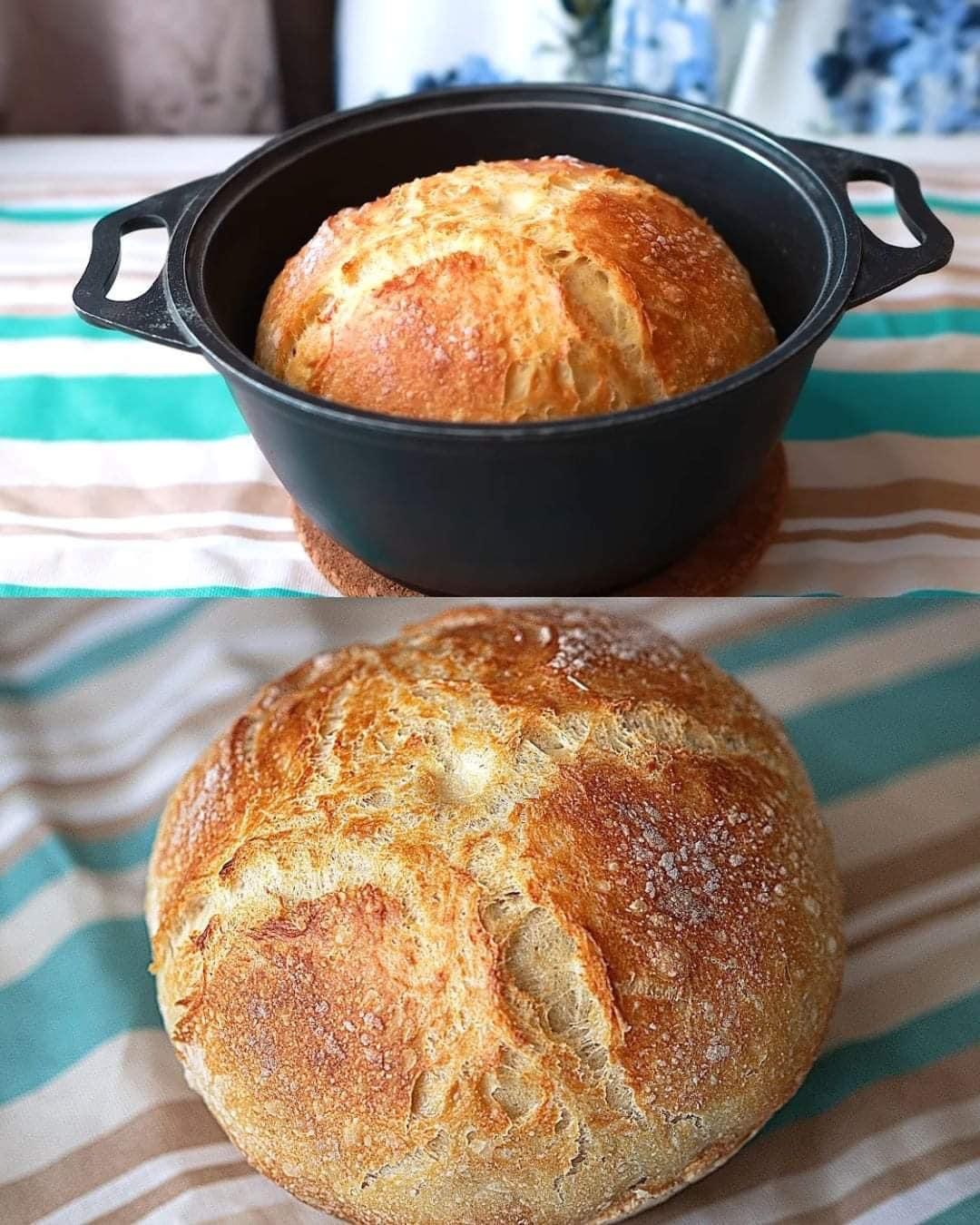Here’s a detailed guide for a **Classic Bread Recipe**, covering its origins, ingredients, and steps to make a delicious homemade loaf. Making bread from scratch is a rewarding experience, offering a fresh, soft loaf with a crispy crust and the wholesome satisfaction of a homemade staple.
—
### **Introduction and Origin**
Bread is one of the oldest prepared foods, dating back thousands of years to ancient Egypt, where leavened bread was first created. Today, bread is a universal staple, with countless varieties from different cultures, such as French baguettes, Italian ciabatta, and Middle Eastern pita. Making bread at home brings you closer to this age-old tradition, offering an enjoyable process and a freshly baked result.
### **Cultural Significance**
Bread holds a central role in many cultures as a symbol of sustenance, hospitality, and community. It’s often associated with family gatherings, religious ceremonies, and shared meals. The aroma of freshly baked bread can evoke nostalgia and create a sense of comfort, bringing people together around the table.
—
### **Ingredients Quantity**
– **Basic Ingredients:**
– 4 cups all-purpose flour (plus extra for dusting)
– 1 ½ teaspoons salt
– 2 teaspoons active dry yeast
– 1 ½ cups warm water (110°F/45°C)
– 1 tablespoon sugar or honey (optional, for activating yeast)
**Optional Additions:**
– 1 tablespoon olive oil or melted butter (for added flavor)
– Herbs like rosemary or thyme (for a herbed bread)
– ½ cup grated cheese (for a cheesy loaf)
– Seeds (e.g., sesame, sunflower, poppy) for a crunchy topping
—
### **Tips for Success**
1. **Use warm water** (110°F) to activate the yeast, helping it rise without killing it.
2. **Knead until smooth**: Kneading develops the gluten, giving the bread a great structure and soft texture.
3. **Let it rise fully**: Allow the dough to double in size for the best texture and flavor. A warm, draft-free area is ideal for rising.
4. **Score the top**: Scoring with a sharp knife allows for even expansion and a beautiful look when baked.
5. **Avoid over-flouring**: Use just enough flour to keep the dough from sticking; too much flour can make the bread dense.
—
### **Instructions**
1. **Activate the Yeast**: In a small bowl, dissolve sugar in warm water, then sprinkle yeast over the top. Let it sit for 5-10 minutes, until it becomes foamy.
2. **Mix the Dough**: In a large mixing bowl, combine flour and salt. Add the yeast mixture and stir until the dough comes together.
3. **Knead the Dough**: Turn the dough onto a floured surface and knead for 8-10 minutes until smooth and elastic. If adding herbs or cheese, incorporate them now.
4. **First Rise**: Place the dough in a lightly oiled bowl, cover with a damp cloth, and let it rise in a warm place for 1-2 hours, or until it has doubled in size.
5. **Shape the Dough**: Punch down the dough and shape it into a loaf. Place it in a greased loaf pan or on a baking sheet.
6. **Second Rise**: Cover the dough again and let it rise for another 30-45 minutes, until it puffs up.
7. **Preheat the Oven**: Preheat your oven to 375°F (190°C).
8. **Bake**: Bake for 30-35 minutes, or until the bread is golden brown and sounds hollow when tapped on the bottom.
9. **Cool and Serve**: Let the bread cool on a wire rack before slicing to ensure it retains its structure.
—
### **Description**
This homemade bread has a soft, tender crumb with a slightly chewy crust, offering a balanced, mild flavor that complements both savory and sweet toppings. It’s perfect for sandwiches, toast, or to accompany soups and stews.
—
### **Nutritional Information** (per slice, approximate based on 12 slices)
– **Calories**: 130 kcal
– **Protein**: 4g
– **Fat**: 0.5g
– **Carbohydrates**: 26g
– **Fiber**: 1g
—
### **Conclusion and Recommendation**
This classic bread recipe is ideal for beginners and seasoned bakers alike. With minimal ingredients and a straightforward process, it yields a delicious, fresh loaf perfect for any meal. For best results, pair it with butter, jam, or fresh soup.
—
### **Embracing Healthful Indulgence**
For a healthier loaf, substitute half of the all-purpose flour with whole wheat flour for added fiber and nutrients. You can also add seeds or nuts to boost the bread’s nutritional profile. Making bread at home allows you to control the ingredients, creating a wholesome and satisfying treat without preservatives or artificial ingredients.
